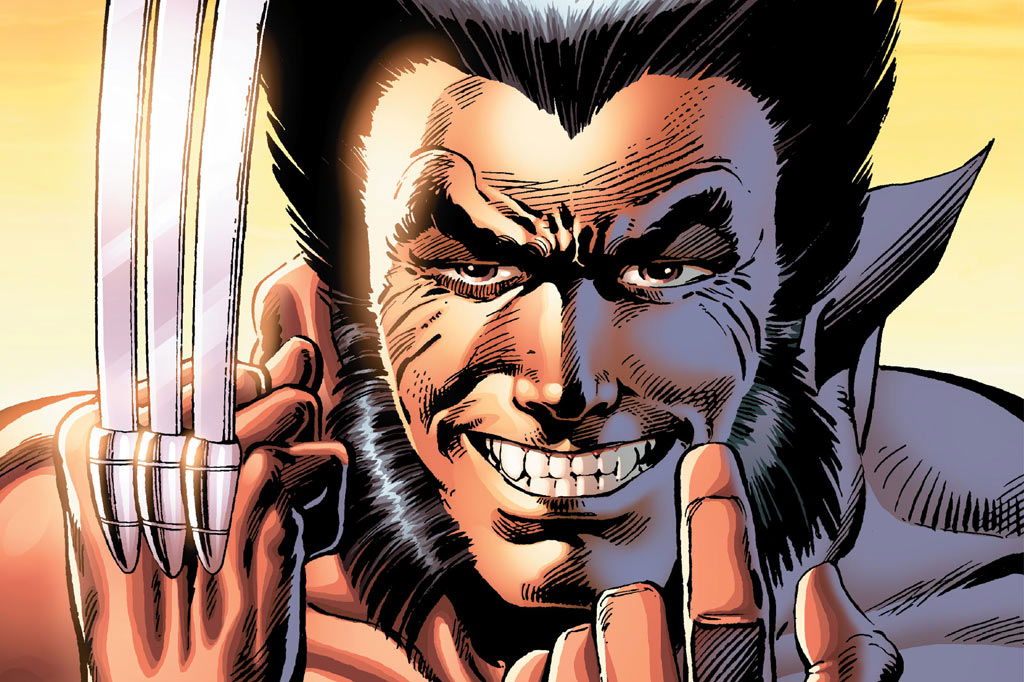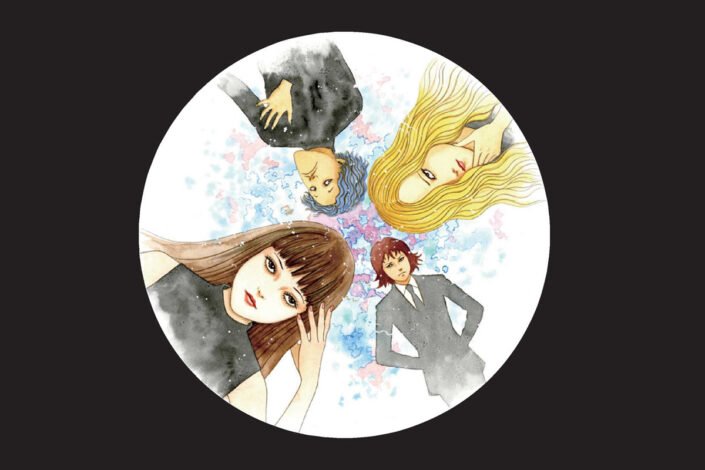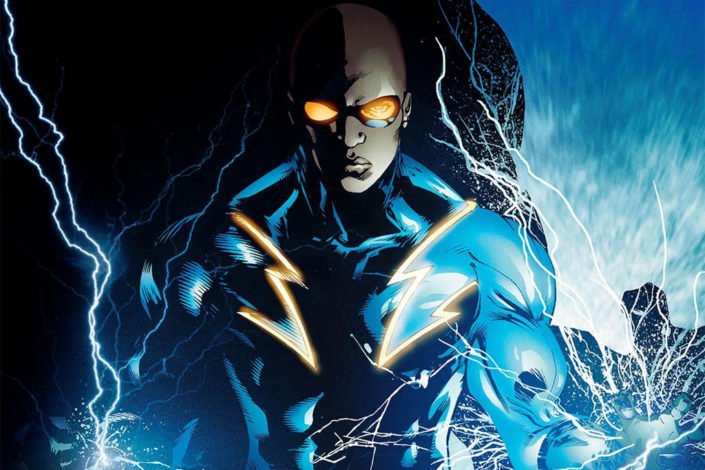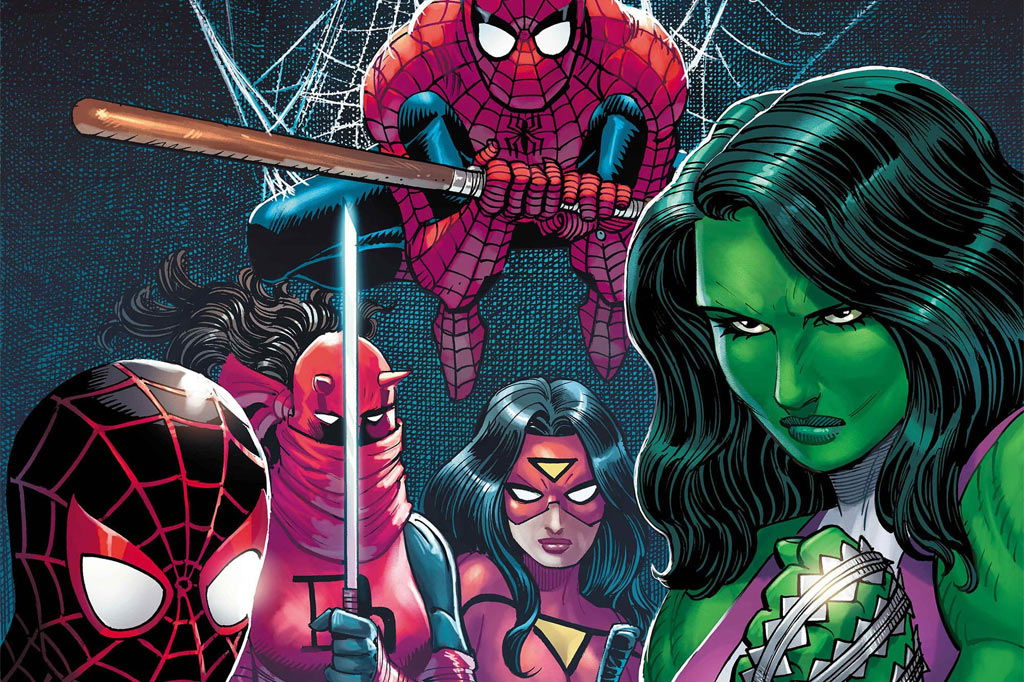DC Black Label Comics, The Complete Reading List

The World of DC always finds a way to expand and craft new and/or stand-alone stories – mostly outside the current DC Continuity, in the specific case of DC Black Label. Presented at first as an imprint for adults featuring alternate versions of familiar DC Comics characters, DC Black Label was founded in 2018, with Batman: Damned, the first title of the imprint. The limited series made more of a splash for a scene with full frontal nudity than for the story.
Before the official end of Vertigo Comics, DC Black Label had clearly been developed to take the place of the famous imprint under which classic titles like Hellblazer, Fables, Preacher, The Sandman, and more have been published. However, Vertigo declined in the 2010s and was officially discontinued in 2020. New and old titles published under the now-defunct imprint were now published as part of DC Black Label.
No surprise here, you’ll find under the Black Label imprint many Batman stories, as well as several stories with Harley Quinn and the Joker, but also some new takes on Superman, Wonder Woman, Catwoman, and more…








